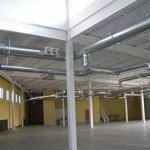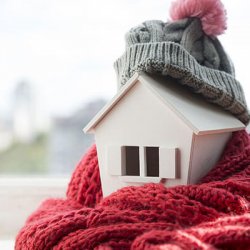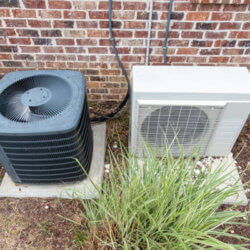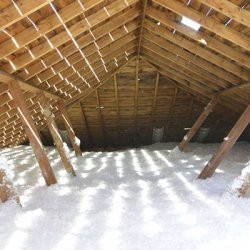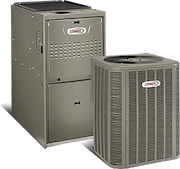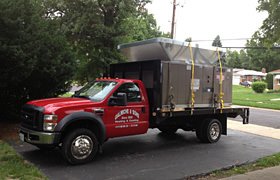
The hot summer days in St. Louis are usually accompanied by relatively high humidity levels as well. Increased indoor humidity could result in musty, stale air that is difficult to breathe in, as well as reducing your body’s inability to sweat. This can make your body feel hotter than it really is. Your skin feels clammy, and you feel uncomfortable while inside the home.
A home that has a high indoor humidity level also becomes a breeding ground for bacteria, mold spores, mildew, and dust mites to grow. The high level of moisture also creates the ideal conditions that are attractive to termites and cockroaches.
Benefits You Get Out of Reducing Indoor Humidity
Here are some of the many benefits you get out of reducing the indoor humidity in your home:
- Improved health: Reduced indoor humidity lessens the occurrence of allergens such as mold spores and dust mites that could trigger an allergy attack or other respiratory problems.
- Increased comfort: Your body feels comfortable. No more sticky and clammy feeling!
- Decreased energy bills: A moisture-filled environment makes your HVAC equipment work even harder compared to a room that has a balanced indoor humidity level. Additionally, when humidity levels are reduced, you may even be able to keep your thermostat set a little warmer without sacrificing comfort, meaning you save even more.
Best Practices to Reduce Indoor Humidity in the Home
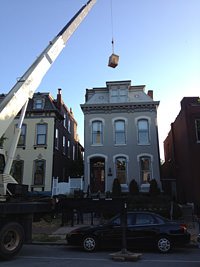
If the humidity level in your home reaches above the recommended 50%, you should take action to keep your family safe and comfortable. Some of the following things can help with this:
- Stop leaks and seal the ductwork throughout your home. With the help of an HVAC company, you can stop damp air from infiltrating your attic, basement, and crawl spaces as well as ensure that your ductwork is properly sealed.
- Check if your HVAC system is properly sized. A unit that is too small will not adequately cool your home and cannot properly control indoor humidity levels. Find out if your HVAC system is the right size by calling in a professional to do a residential load calculation.
- Install exhaust fans. Exhaust fans do a great job of ventilating a home. Place them in areas where moisture is likely to exist such as bathrooms, laundry rooms, kitchens, and basements.
- Turn off your humidifier or vaporizer. These devices add water back to the indoor air and increase the humidity levels. They are meant to be used during winter, when the air becomes too dry for comfort.
- Turn on the air conditioner. Aside from cooling a room, an air conditioner also removes the moisture from the air and reduces the humidity.
- Invest in a whole-house dehumidifier. If your air conditioner is not enough to lessen the indoor humidity levels within a home, consider investing in a dehumidifier for your home.
- Remove indoor house plants outside. Plants let out moisture vapor into the air and may contribute to the increased levels of moisture inside the home. If you have many house plants, moving these outdoors in the summer may help.
Learn More About How to Decrease the Indoor Humidity of Your Home
At Galmiche & Sons, it is our mission to make sure that all of our customers are comfortable in their St. Louis homes year round. Therefore, part of our services include improving the indoor air quality of your home and making sure the humidity levels are balanced in each room. Call us now at 314-993-1110 to speak to a heating and air conditioning expert and learn more about what you can do to improve the indoor air quality and humidity levels in your home.




